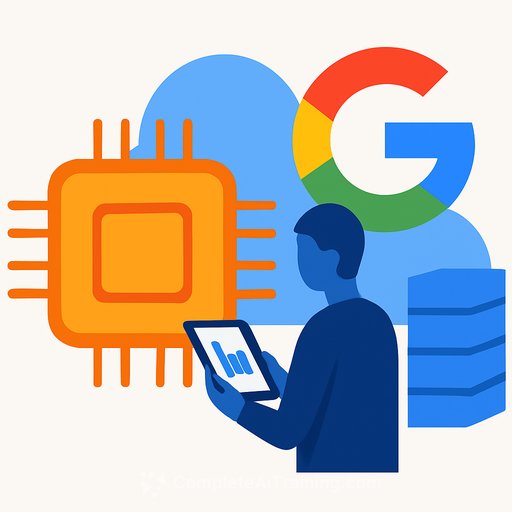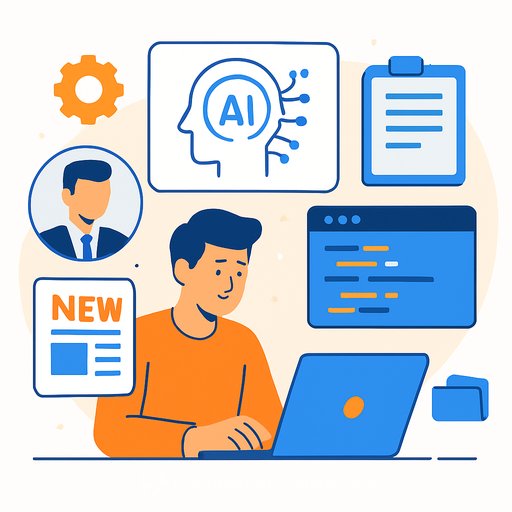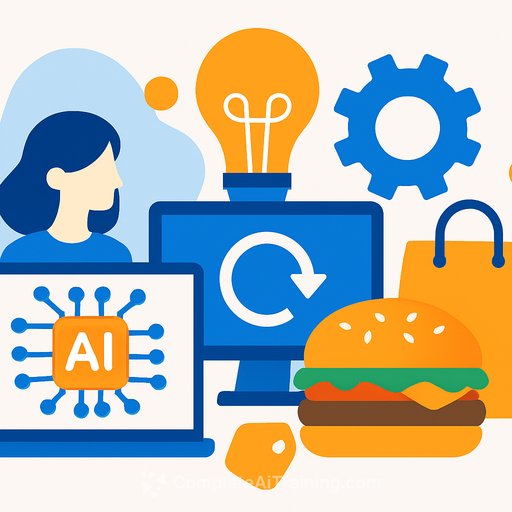Anthropic expands Google partnership to secure over a gigawatt of TPU capacity
Anthropic is deepening its ties with Google, one of its largest investors with more than US$3 billion invested to date. Google will bring more than one gigawatt of AI compute online for Anthropic, powered by its Tensor Processing Units (TPUs). For product development teams, this means more headroom for training, fine-tuning, and higher-throughput inference with Claude.
"Anthropic's choice to significantly expand its usage of TPUs reflects the strong price-performance and efficiency its teams have seen with TPUs for several years," said Thomas Kurian, CEO at Google Cloud. "We are continuing to innovate and drive further efficiencies and increased capacity of our TPUs, building on our already mature AI accelerator portfolio, including our seventh generation TPU, Ironwood."
Anthropic says the expanded capacity will back its AI research, testing, and deployment efforts at scale. The company's Claude family of models now supports more than 300,000 business customers, and demand continues to climb. For teams building AI features, expect better availability, quicker iteration cycles, and more options for complex workloads.
Why this matters for product development
More TPU capacity translates to faster experimentation and steadier performance under load. You'll have more room to trial longer context windows, heavier tool-use pipelines, and multi-agent patterns without hitting throughput or latency walls. It also signals continued stability for Claude's roadmap and enterprise support.
- Throughput and latency: Plan for higher concurrency and potentially tighter latency budgets for user-facing features.
- Model iteration: Expect quicker refreshes, safer rollouts, and more robust eval cycles as compute ceilings rise.
- Cost structure: TPUs can offer strong price-performance; revisit your unit economics, commit levels, and autoscaling policies.
- Risk management: With greater capacity, define clear SLAs, failover plans, and stress-test thresholds before peak periods.
A deliberate multi-chip strategy
Anthropic isn't betting on a single stack. Its compute approach spans three platforms-Google's TPUs, Amazon's Trainium, and Nvidia GPUs-so it can match specialized workloads to the right silicon. For product leaders, this is a cue to keep architectures portable and model-agnostic.
Anthropic also reaffirmed its commitment to Amazon as its primary training partner, noting ongoing work on Project Rainier-a large-scale cluster with hundreds of thousands of AI chips across multiple US data centers. The strategy is clear: diversify compute, reduce single-vendor risk, and keep the path open for rapid model progress.
What to do next
- Benchmark: Test Claude variants across workload types (RAG, tool use, long context, batch inference) and track throughput, latency, and cost on TPUs vs. your current setup.
- Architect for portability: Use abstraction layers and model routers so you can move between TPUs, Trainium, and GPUs without rewriting product code.
- Plan capacity: Align traffic forecasts to autoscaling, region selection, and data residency needs. Lock in burst capacity for launches.
- Strengthen evals: Allocate compute for red-teaming and regression suites to keep quality high as models and prompts evolve.
- Tighten FinOps: Revisit commit discounts, preemptible/spot options, and per-feature unit economics as TPU economics improve.
- Failover by design: Stand up multi-cloud inference endpoints or a warm-standby path to reduce downtime risk.
- Upskill the team: Ensure engineers and PMs understand Claude's capabilities, limits, and best practices for safe deployment.
Leaders' perspective
Krishna Rao, CFO of Anthropic, said the expansion will help the company grow the compute needed to define the frontier of AI and meet fast-growing customer demand from both enterprises and AI-native startups.
Resources
- Google Cloud TPUs overview - background on TPU architecture and performance.
- Claude by Anthropic - model family, product options, and updates.
- Hands-on Claude certification - practical training for teams building AI features with Claude.
Bottom line
Anthropic's expanded TPU footprint with Google gives product teams more capacity, better reliability, and a clearer path to ship AI features at scale. Pair that with a multi-platform compute strategy, and you get speed without locking your roadmap to one vendor. The next step is tactical: benchmark, harden your architecture, and line up the capacity to launch with confidence.
Your membership also unlocks:






